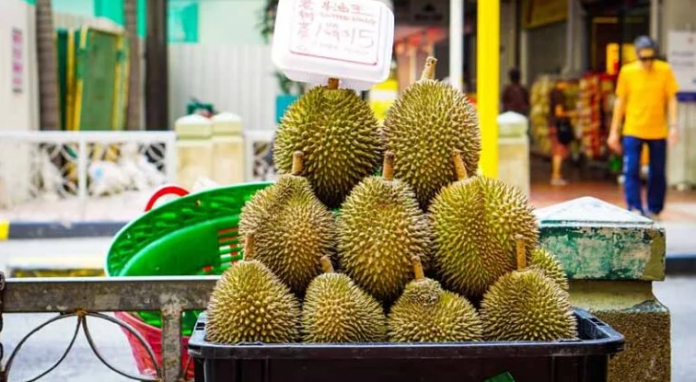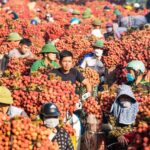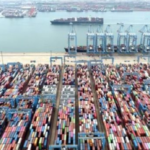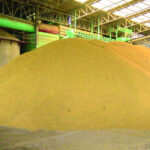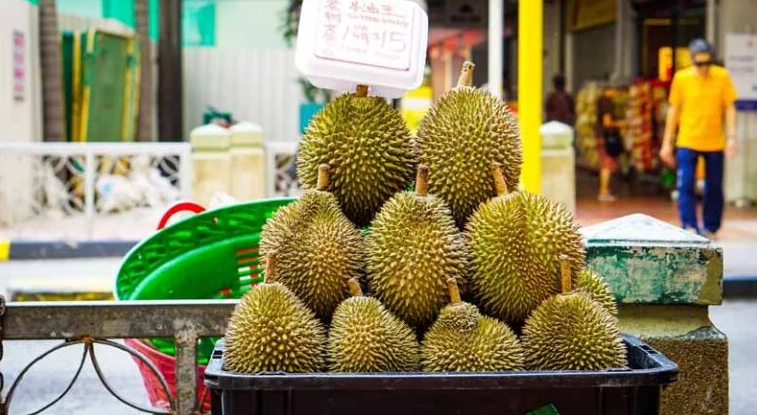
The evolving partnership between China and Cambodia in agricultural trade reached new heights as companies from both countries sealed significant procurement and cooperation agreements. The latest round of trade discussions took place at the Cambodia Agricultural Products Promotion Conference in Beihai City, Guangxi Province, reflecting the growing importance of cross-border collaboration in the agricultural business.
Specifically, the two nations inked a strategic cooperation agreement for the export of 20,000 tons of Cambodian dried mangoes (2025–2027) and 15,000 tons of Cambodian durians (2025–2026) to China.
The agreement was signed on June 7 in Beihai City, Guangxi Zhuang Autonomous Region, People’s Republic of China, between Guangxi Xiyaya Food Co., Ltd. and Lumisun Asia Fruits Co., Ltd., representing the interests of China and Cambodia.
The signing ceremony was witnessed by Lim Lork Piseth, Undersecretary of State at the Ministry of Commerce of Cambodia. As per the agreement, China will import 3,000 tons of dried mangoes from Cambodia in 2025. This is seen as part of a broader effort to strengthen the agricultural trade corridor between the two countries and support Cambodia’s burgeoning fruit export industry.
According to official trade data from the Guangxi authorities, trade between Guangxi and Cambodia reached CNY 2.16 billion in the first four months of 2025, marking a 7.9% increase compared to the same period last year. The import of cashew nuts, bananas, longans, and other tropical fruits remained the primary driver of this growth. Beihai City alone recorded a trade value of CNY 990 million, reflecting a significant surge of 277.29% from the previous year. The city continues to emerge as a crucial logistics and distribution hub for Cambodian agricultural products entering China.
Beyond trade agreements, discussions also progressed on developing the Beihai Park within the framework of the China-Cambodia Industrial Park. Both sides reached a consensus on the site development plan and operational timeline, further boosting bilateral cooperation in agricultural trade infrastructure. This evolving partnership is expected to open new market channels for Southeast Asian fruit producers and strengthen the regional food supply chain.
In the Chinese market, Vietnamese mangoes currently dominate, capturing 97% of the imported mango market share in China, far surpassing competitors like Thailand, Peru, Australia, Cambodia, and the Philippines. According to Chinese customs data, in the first quarter of this year, China spent $29 million on mango imports from six countries, a 21-fold increase compared to the same period last year.
The Ultimate Vietnamese Export: An Unimaginable Surge in Trade with the US.
In the first five months of this year, Vietnam’s exports of this commodity reached a staggering 22 billion USD globally.
The King of Fruits: Thailand’s Agricultural Triumphs Set to Rival Vietnam’s Exports
“Thailand is ramping up its exports of two key agricultural commodities, rice and cassava, to China. This strategic move could potentially impact Vietnam’s market share in these sectors. With a focus on expanding their global reach, Thailand’s aggressive approach may spark a competitive response from Vietnam to maintain its foothold in the industry.”
“Vietnam’s Prime Minister Proposes ‘Super Railway Project’ Valued at Over $8 Billion to Chinese Vice President, Slated to Begin Construction in December 2025”
Prime Minister Pham Minh Chinh has urged China to prioritize railway cooperation and strive for the commencement of the Lao Cai – Hanoi – Hai Phong route in 2025. He also emphasized the importance of concessional credit support, technology transfer, and human resource development for this initiative.

